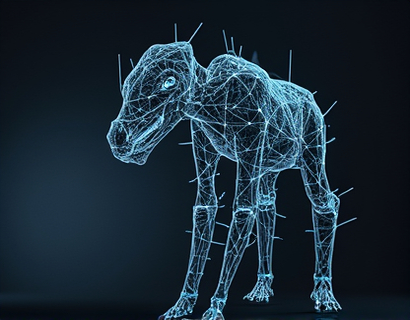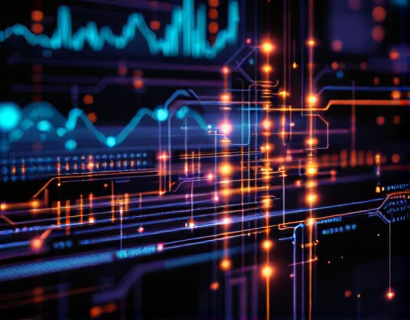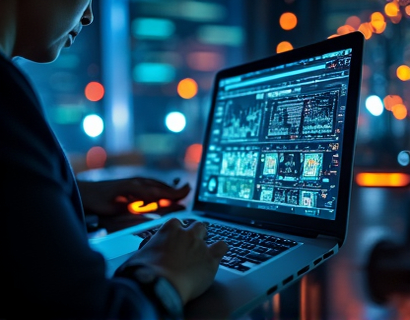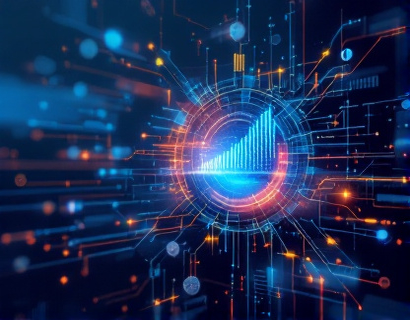AI Image Authenticity: Advanced Software for Verifying Digital Content Integrity
The rise of artificial intelligence has brought about significant advancements in various fields, including the creation and manipulation of digital images. While AI-generated images and altered content offer exciting possibilities for creativity and innovation, they also pose substantial challenges in terms of authenticity and integrity. In an era where visual deception is increasingly sophisticated, the need for reliable tools to verify the authenticity of digital media has become paramount. This article delves into the advanced software solutions designed to detect AI-generated and altered images, ensuring the authenticity and integrity of digital content. These tools are essential for professionals across diverse sectors, including digital media, content creation, brand management, security analysis, legal compliance, journalism, and education.
Understanding the Challenge
The proliferation of AI technologies has made it easier than ever to create highly convincing fake images and videos, often referred to as deepfakes. These manipulations can have severe consequences, from damaging brand reputations to spreading misinformation and influencing public opinion. The challenge lies in distinguishing between genuine and manipulated content, a task that traditional methods often struggle to accomplish. Advanced software solutions address this issue by employing sophisticated algorithms and machine learning techniques to analyze images and detect signs of alteration or AI generation.
Key Features of Advanced Image Verification Software
These advanced tools offer a range of features designed to provide comprehensive and accurate verification of digital content. Some of the key features include:
- Deep Learning Algorithms: Utilizing neural networks to analyze patterns and detect anomalies in images.
- Metadata Analysis: Examining the hidden data embedded in images to uncover signs of manipulation.
- Facial Recognition: Identifying inconsistencies in facial features that may indicate alteration.
- Texture and Noise Analysis: Detecting unnatural textures or noise patterns that are often present in AI-generated images.
- Consistency Checks: Verifying the consistency of lighting, shadows, and other visual elements within an image.
These features work in concert to provide a robust verification process, ensuring that the software can handle a wide range of manipulation techniques.
Applications Across Various Industries
The importance of image authenticity extends across multiple industries, each with its unique set of challenges and requirements. Here’s how advanced image verification software can benefit professionals in various sectors:
Digital Media and Content Creation
In the digital media and content creation industry, maintaining the integrity of visual content is crucial. Advanced verification tools help content creators ensure that their work is genuine and trustworthy, reducing the risk of reputational damage. These tools can automatically flag suspicious content, allowing creators to address issues proactively and maintain the trust of their audience.
Brand Management
Brands are increasingly vulnerable to image manipulation that can tarnish their reputation. Advanced verification software enables brand managers to monitor and authenticate visual content across various platforms, from social media to advertising. By detecting and addressing manipulated images, brands can protect their image and maintain consumer trust.
Security Analysis
In the realm of security analysis, the ability to verify the authenticity of images is critical. Advanced software tools assist security analysts in identifying and mitigating threats posed by deepfakes and other manipulated media. This is particularly important in areas such as surveillance, forensic analysis, and intelligence operations, where the accuracy of visual evidence is paramount.
Legal Compliance and Journalism
For legal professionals and journalists, ensuring the authenticity of visual evidence is essential. Advanced verification tools provide these professionals with reliable methods to authenticate images and videos, supporting legal proceedings and journalistic integrity. These tools can help prevent the spread of misinformation and ensure that evidence presented is credible and trustworthy.
Education
In educational settings, advanced image verification software can be used to teach students about media literacy and the ethical use of digital content. Educators can utilize these tools to demonstrate the techniques used in image manipulation, fostering a deeper understanding of the importance of verifying sources and authenticity in the digital age.
Technological Advancements
The development of advanced image verification software is driven by rapid advancements in AI and machine learning. These technologies enable the creation of more sophisticated algorithms capable of detecting subtle signs of manipulation. Some of the technological advancements that contribute to the effectiveness of these tools include:
- Increased Computational Power: Modern hardware allows for more complex calculations and real-time processing, enhancing the speed and accuracy of verification.
- Enhanced Machine Learning Models: Continuous improvements in neural network architectures lead to better pattern recognition and anomaly detection.
- Big Data Analytics: Access to vast datasets enables the training of more robust models, improving the software’s ability to identify a wide range of manipulation techniques.
- Integration with Other Technologies: Combining image verification with other technologies, such as blockchain for provenance tracking, further enhances the reliability of content authentication.
Implementing Advanced Verification Tools
Implementing advanced image verification software involves several steps to ensure optimal results. Here’s a general guide for organizations looking to integrate these tools into their workflows:
1. Assess Needs and Requirements
Begin by evaluating the specific needs of your organization. Consider the types of content you handle, the platforms you use, and the potential risks associated with image manipulation. This assessment will help in selecting the right software that aligns with your requirements.
2. Choose the Right Software
Research and select a reputable provider of image verification software. Look for solutions that offer the features mentioned earlier and have a proven track record in the industry. Reading reviews, case studies, and seeking recommendations can aid in making an informed decision.
3. Integration and Training
Once the software is selected, integrate it into your existing systems. This may involve technical setup, configuration, and training for staff. Ensure that users understand how to operate the software and interpret its results accurately.
4. Regular Updates and Maintenance
Keep the software up to date with the latest versions and patches. AI and manipulation techniques evolve rapidly, so regular updates are crucial to maintain the effectiveness of the verification process.
5. Establish Verification Protocols
Develop clear protocols for using the verification software. Define when and how the tool should be used, and establish a process for addressing flagged content. Consistency in verification practices is key to maintaining content integrity.
Challenges and Considerations
While advanced image verification software offers significant benefits, there are challenges and considerations to keep in mind:
- False Positives and Negatives: No system is perfect, and there may be instances where genuine content is flagged as manipulated or vice versa. It’s important to have a human review process to handle such cases.
- Privacy Concerns: Some verification techniques may raise privacy issues, especially when analyzing personal data. Ensure compliance with relevant data protection regulations.
- Cost and Resources: Implementing advanced software can involve significant costs and resource allocation. Organizations should evaluate the return on investment and plan accordingly.
- Continuous Learning: Stay informed about the latest trends and techniques in image manipulation to adapt and enhance verification processes.
Conclusion
The ability to verify the authenticity of digital images is more critical than ever in today’s visually driven world. Advanced image verification software provides a powerful solution to this challenge, offering reliable and efficient methods to detect AI-generated and altered content. By integrating these tools into various industries, professionals can safeguard brand reputations, ensure legal compliance, and maintain the integrity of digital media. As technology continues to evolve, so too will the tools and techniques for verifying image authenticity, ensuring that trust in digital content remains a cornerstone of modern communication.










































